All Posts
12+ Best AI Tools for Developers [2025]
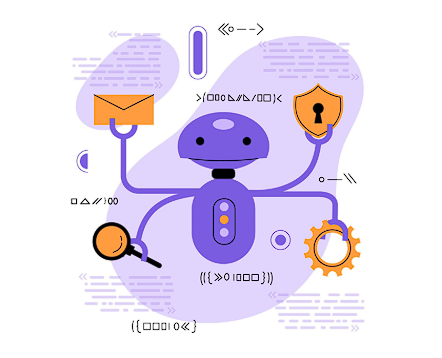

Key Takeaways:
The software development landscape continues to evolve rapidly with AI tools reshaping how developers approach their work. From code generation to API integration, artificial intelligence now augments nearly every aspect of the development lifecycle.
According to GitHub, over 92% of developers now use AI tools to enhance their productivity and code quality. This comprehensive guide examines the most impactful AI tools for developers, focusing on practical applications and real-world benefits.
Whether you’re building complex applications or streamlining your workflow, these tools demonstrate how AI can transform development practices while maintaining code quality and security.
AI tools for developers fundamentally transform traditional development workflows by introducing intelligent automation and assistance throughout the development lifecycle. These technologies now extend far beyond simple code completion, encompassing sophisticated multimodal AI systems that can understand, generate, and optimize code while providing contextual insights.
Modern development environments integrate AI at every stage. During the planning phase, these tools analyze requirements documents and automatically suggest system architectures, database schemas, and API structures. A team building a new e-commerce platform might receive AI-generated suggestions for microservice architecture, complete with data flow diagrams and infrastructure requirements.
In active development, AI coding assistants parse existing codebases to understand patterns and conventions, then generate context-aware code that matches the project’s style and requirements. Meanwhile, specialized APIs like Tavus’ Conversational Video Interface (CVI) let teams add real-time, face-to-face AI humans and video generation with simple HTTP calls—no ML expertise or media infrastructure required. For instance, after writing an authentication service, the AI can draft entire functions or components while maintaining consistency with existing implementations.
Testing and quality assurance benefit particularly from AI augmentation. These tools generate comprehensive test suites by analyzing code paths and potential edge cases. They identify subtle bugs by recognizing patterns that often lead to failures and suggest optimizations based on performance metrics.
A mobile app development team might use AI to automatically generate UI tests across different device configurations while simultaneously monitoring for memory leaks and performance bottlenecks.
The most effective AI developer tools deliver tangible improvements to workflow efficiency while maintaining code quality and security.
Each tool in this curated list addresses specific development challenges, from code generation to documentation and testing. We’ve evaluated these tools based on their practical applications, integration capabilities, and impact on development productivity.

Tavus leads the field in real-time human computing—bringing face-to-face AI humans and high-fidelity video to any product via its Conversational Video Interface (CVI). With a single integration, developers can embed lifelike, emotionally intelligent video conversations and generate scripted videos, all without building complex media or ML infrastructure.
Powered by Tavus human simulation models, CVI combines real-time perception, natural turn-taking, and photorealistic face rendering to deliver conversations that feel present and responsive. Teams use CVI to power interactive onboarding, coaching and training, interview simulations, customer support, and personalized video experiences—at scale.
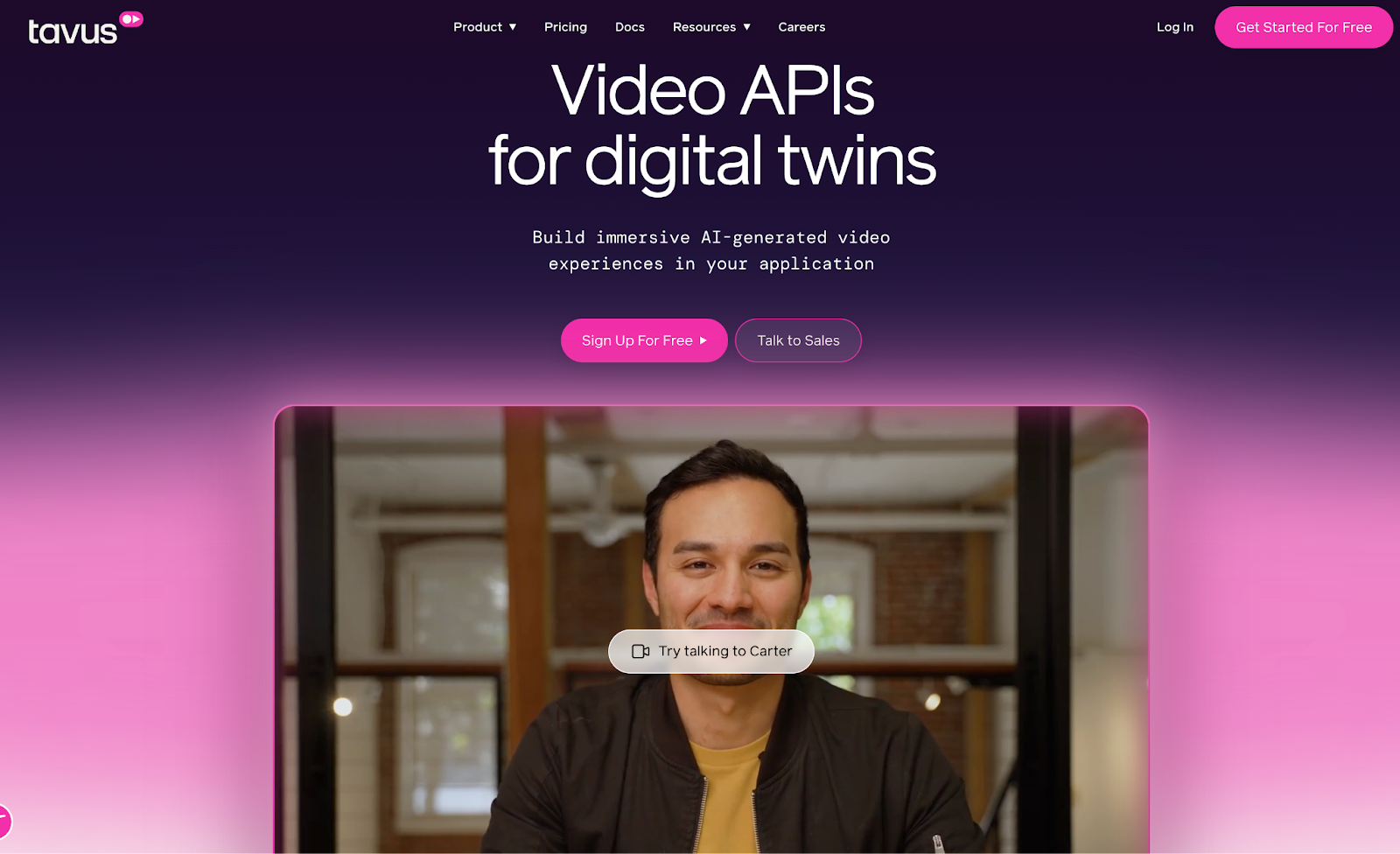
Features:
Ready to transform your application with real-time, humanlike video? Get started with Tavus and join leading companies building next‑generation, face‑to‑face experiences.
Otter.ai brings advanced speech recognition and transcription capabilities to development workflows. By exposing its core functionality through RESTful APIs, Otter enables developers to integrate real-time transcription, speaker identification, and automated note-taking into their applications.
The platform’s architecture supports both synchronous and asynchronous processing, making it suitable for various use cases from live event captioning to post-processing of recorded content. Developers particularly value Otter’s ability to maintain context across long conversations and its support for custom vocabulary.
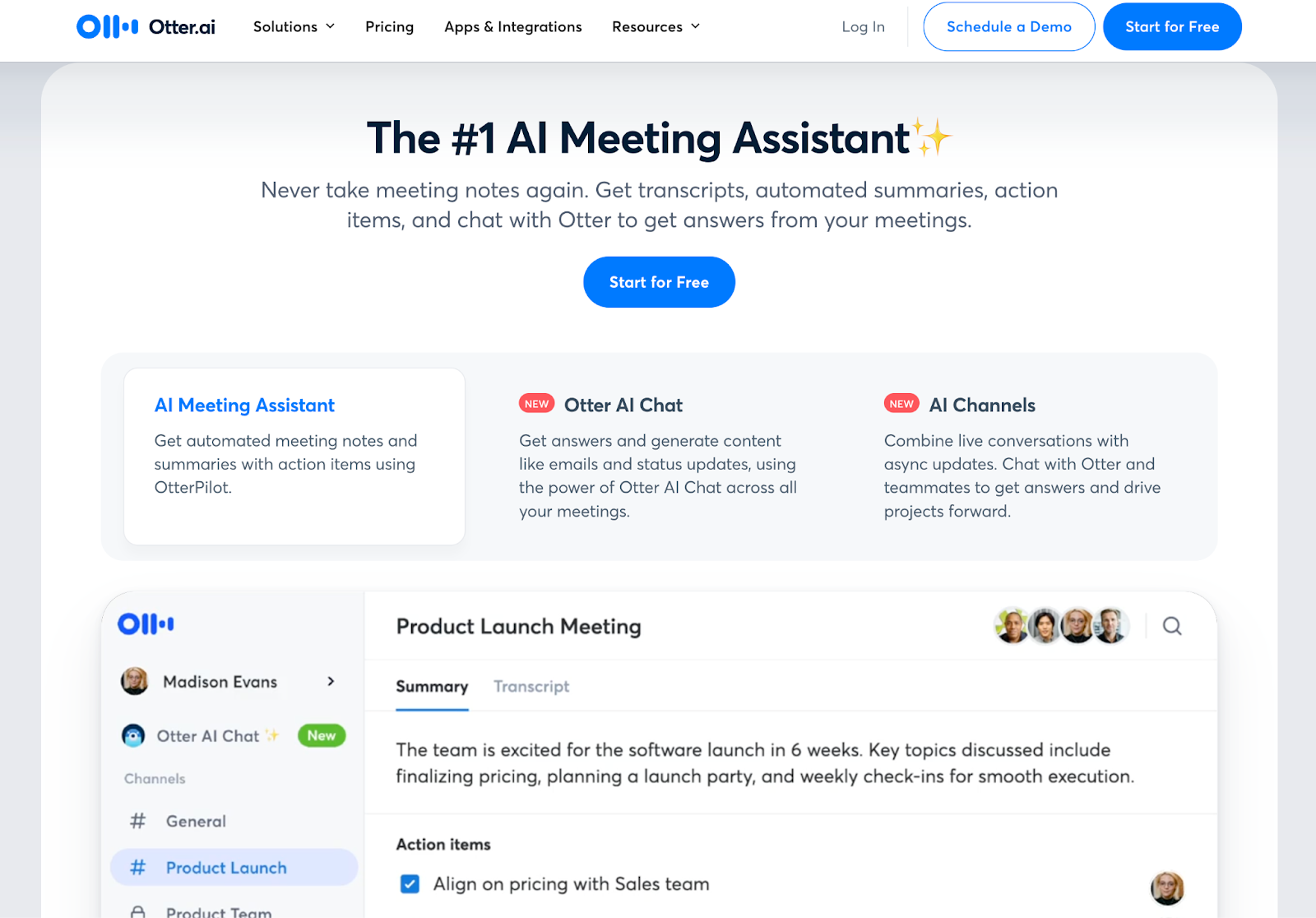
Features:
Mintlify Writer transforms the documentation process by automatically generating and maintaining technical documentation from code. It integrates directly with popular IDEs and version control systems, allowing developers to maintain up-to-date documentation without breaking their workflow.
The tool analyzes code structure, comments, and usage patterns to create comprehensive documentation that follows industry best practices. Its ability to understand context and maintain consistency across large codebases makes it particularly valuable for teams working on complex projects.
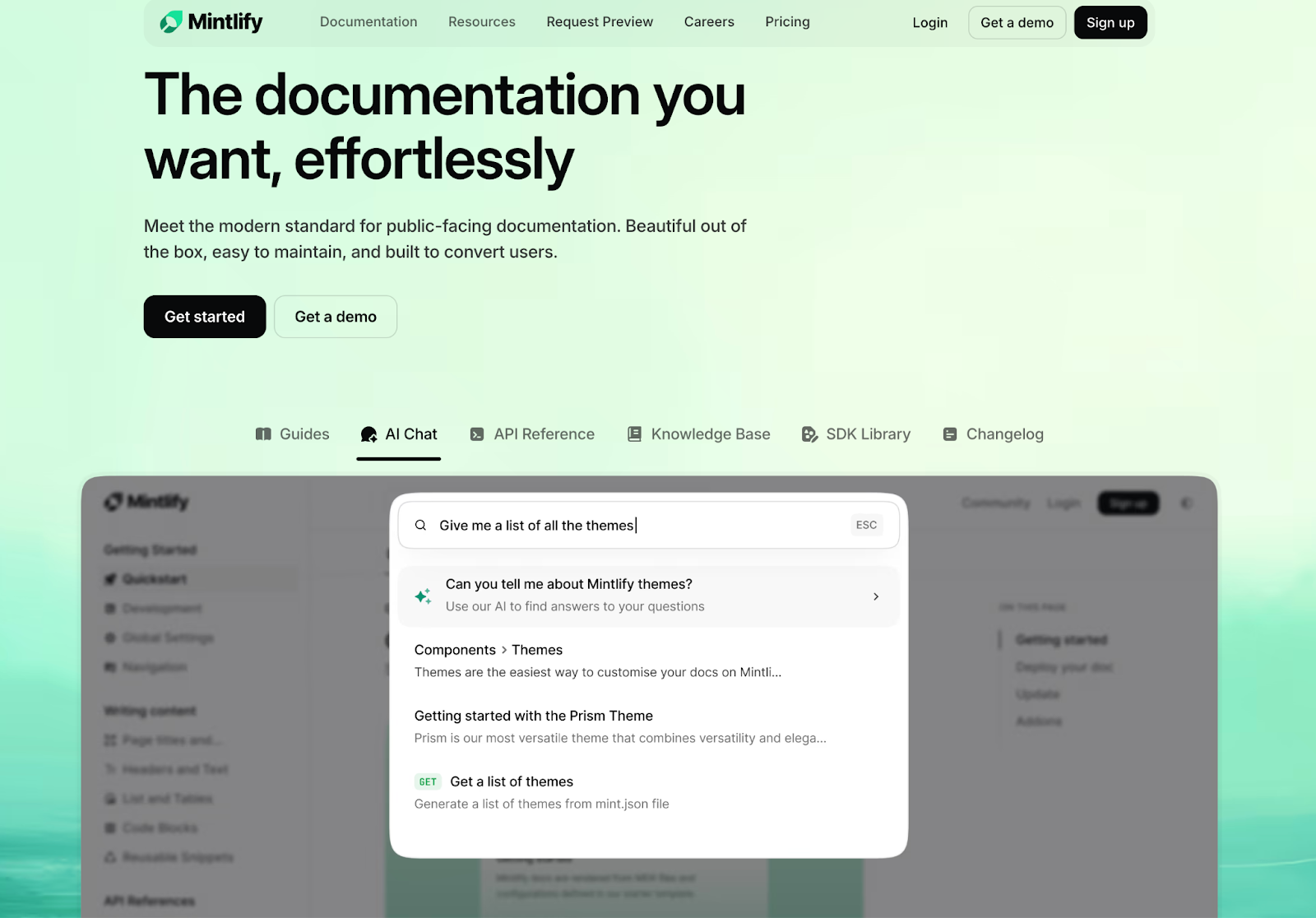
Features:
Amazon CodeWhisperer represents a significant advancement in AI-powered code assistance. Built on AWS’s extensive codebase and machine learning capabilities, CodeWhisperer offers contextualized code suggestions while maintaining security through built-in vulnerability scanning.
The tool stands out for its deep integration with AWS services and support for multiple programming languages. Developers working on cloud-native applications particularly benefit from its understanding of AWS best practices and service-specific implementations. CodeWhisperer excels at generating boilerplate code, suggesting complete functions, and offering real-time code reviews.
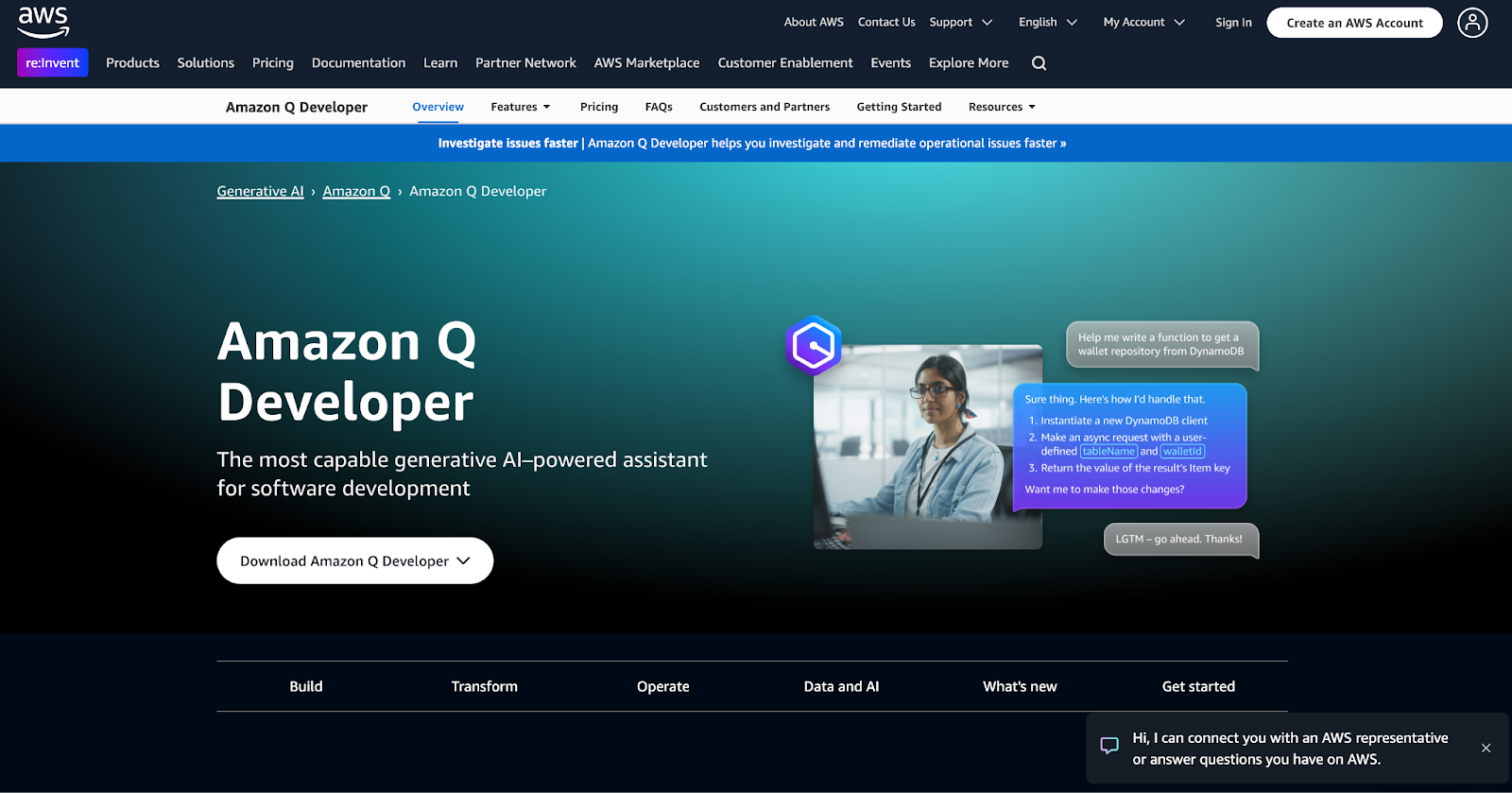
Qodo (formerly Codium) AI focuses on test generation and code quality improvement through AI-powered analysis. The platform automatically generates comprehensive test suites while providing insights into potential code improvements and edge cases.
What sets Qodo apart is its ability to understand business logic and generate tests that cover both technical requirements and business scenarios. The tool analyzes existing codebases to learn patterns and conventions, then generates contextually appropriate tests that maintain consistency with established testing practices.

Features:
GitHub Copilot, powered by OpenAI’s technology, functions as an AI pair programmer that offers contextual code suggestions directly within the development environment. Its deep integration with GitHub’s vast code repository enables it to provide highly relevant suggestions based on similar patterns and solutions.
The tool excels at understanding developer intent through natural language comments and context, generating everything from simple utility functions to complex algorithmic implementations. Its ability to learn from the current project’s context makes suggestions increasingly accurate as developers work.

Features:
Stepsize AI specializes in code refactoring and technical debt management through AI-powered analysis. The platform identifies patterns in codebases that might indicate maintenance issues, suggesting improvements while providing clear implementation paths.
The tool’s strength lies in its ability to understand complex code relationships and technical debt implications. By analyzing commit history, code changes, and development patterns, Stepsize helps teams make informed decisions about refactoring priorities and resource allocation. Integration with project management tools enables teams to track and manage technical debt systematically.

Features:
Cody AI serves as an intelligent code search and understanding assistant, helping developers navigate large codebases efficiently. Built with agentic AI capabilities, it excels at answering complex questions about code structure and implementation details.
The platform’s natural language processing capabilities allow developers to ask questions about their codebase in plain English, receiving contextually relevant answers and code examples. This proves particularly valuable for onboarding new team members and maintaining legacy systems.
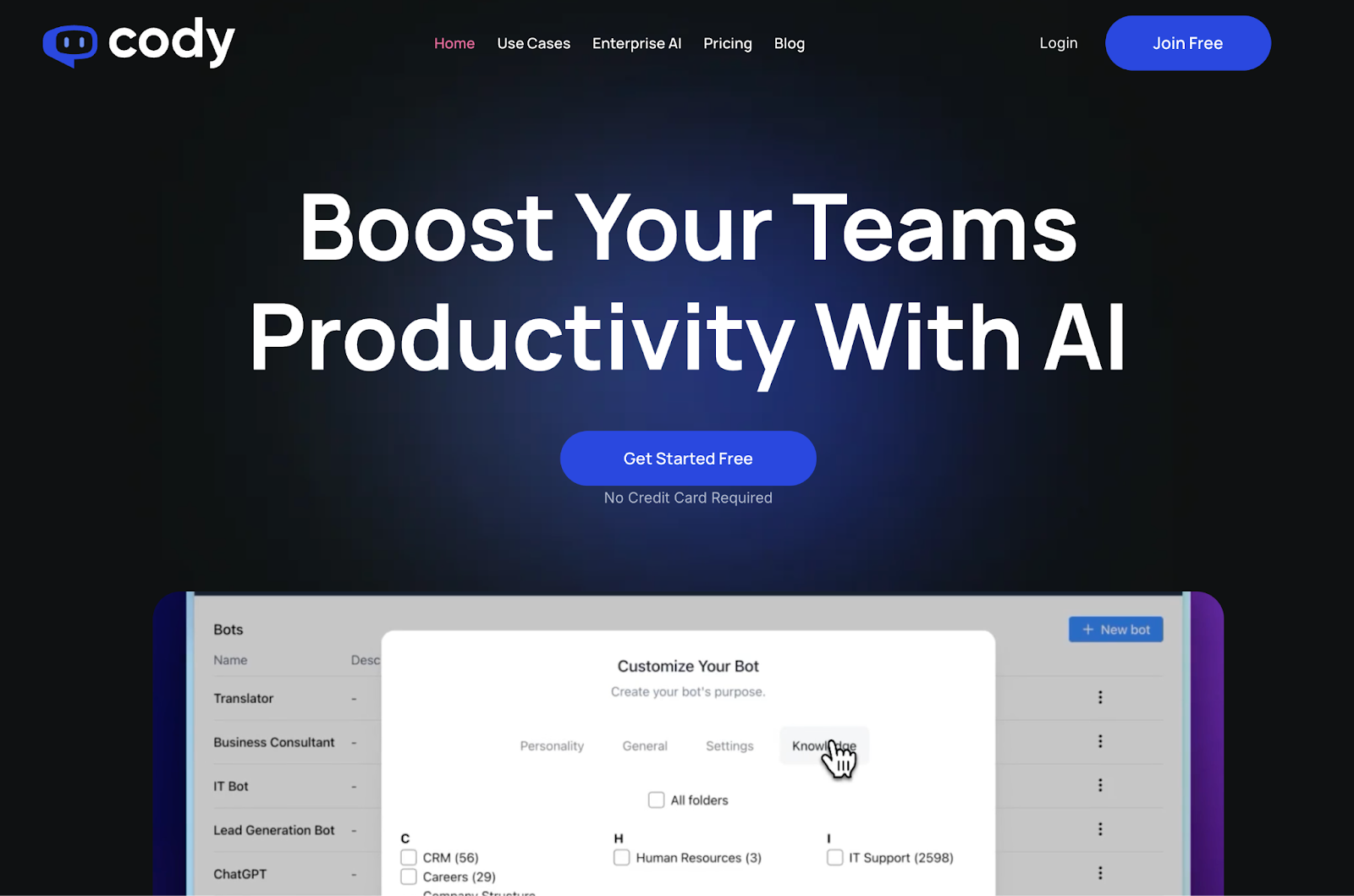
Features:
Tabnine provides AI-powered code completion with a focus on privacy and customization. The tool learns from a team’s specific coding patterns and preferences, offering increasingly accurate suggestions as it adapts to the development style.
What distinguishes Tabnine is its ability to run locally, ensuring code privacy while maintaining quick response times. The platform supports both team-wide and individual learning modes, allowing for personalized code suggestions while maintaining consistent coding standards across projects.

Features:
Bugasura streamlines bug tracking and management through AI-powered analysis and categorization. The platform automatically processes bug reports, identifying patterns and suggesting potential solutions based on historical data and similar issues across projects.
The system integrates with existing development workflows through AI APIs, automatically categorizing and prioritizing issues while providing developers with relevant context and potential solutions. Its machine learning models continuously improve bug prediction and prevention capabilities based on project-specific patterns.

Features:
Grit.io focuses on automated code migration and modernization through AI-powered transformation. The platform helps development teams upgrade codebases to newer framework versions, implement security patches, and modernize legacy systems efficiently.
By understanding both source and target architectures, Grit.io automates much of the migration process while maintaining business logic integrity. The tool particularly shines in large-scale migrations where manual updates would be time-prohibitive.
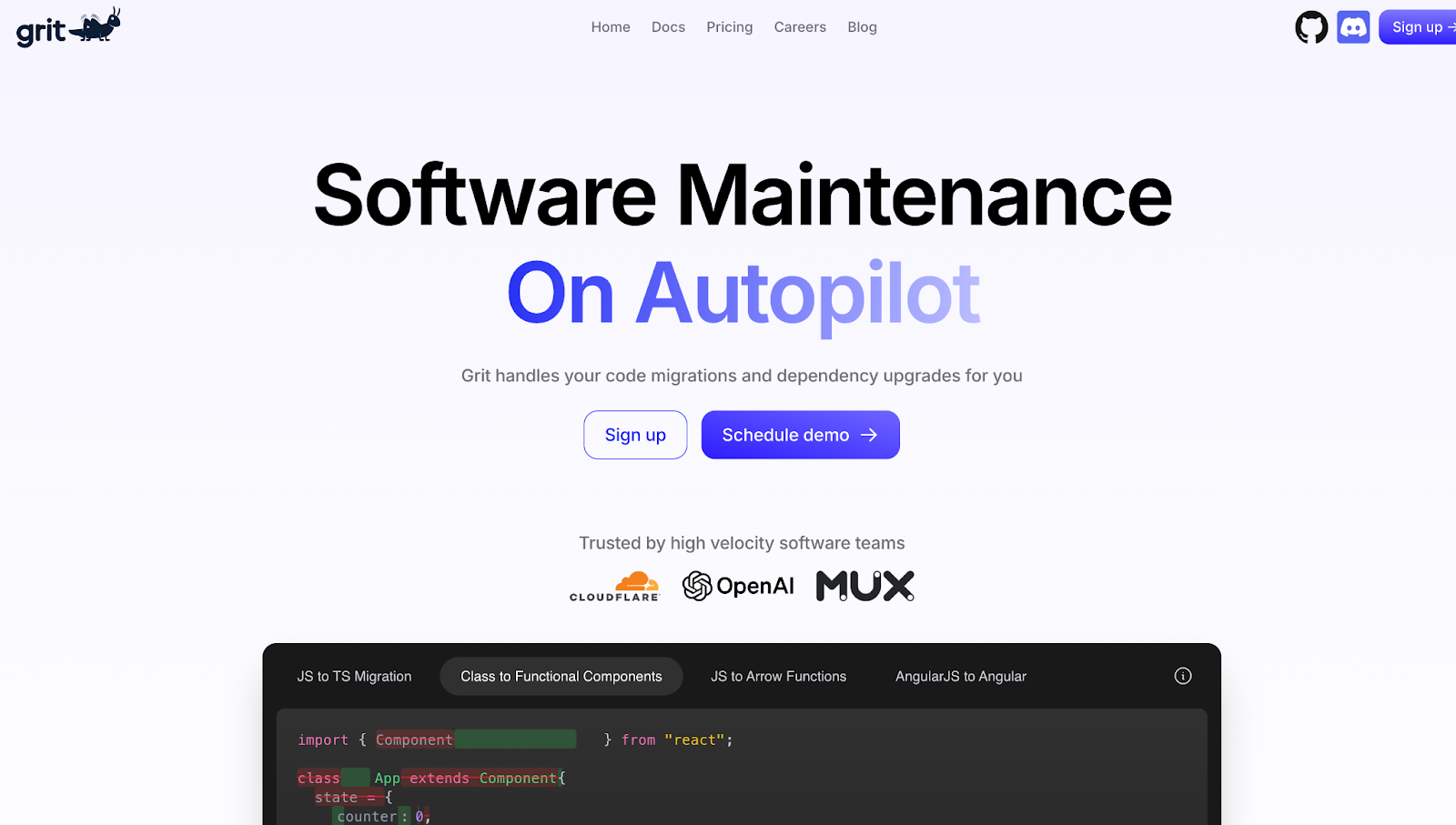
Features:
Sourcery enhances code quality through automated refactoring and clean code suggestions. The platform automatically identifies opportunities for code improvement, focusing on readability, maintainability, and adherence to best practices across Python codebases.
What sets Sourcery apart is its deep understanding of Python-specific patterns and anti-patterns. The tool can automatically implement complex refactoring suggestions while maintaining the original code’s functionality. It excels at identifying subtle issues that might impact code maintainability, such as duplicate code, complex conditionals, and readability issues.
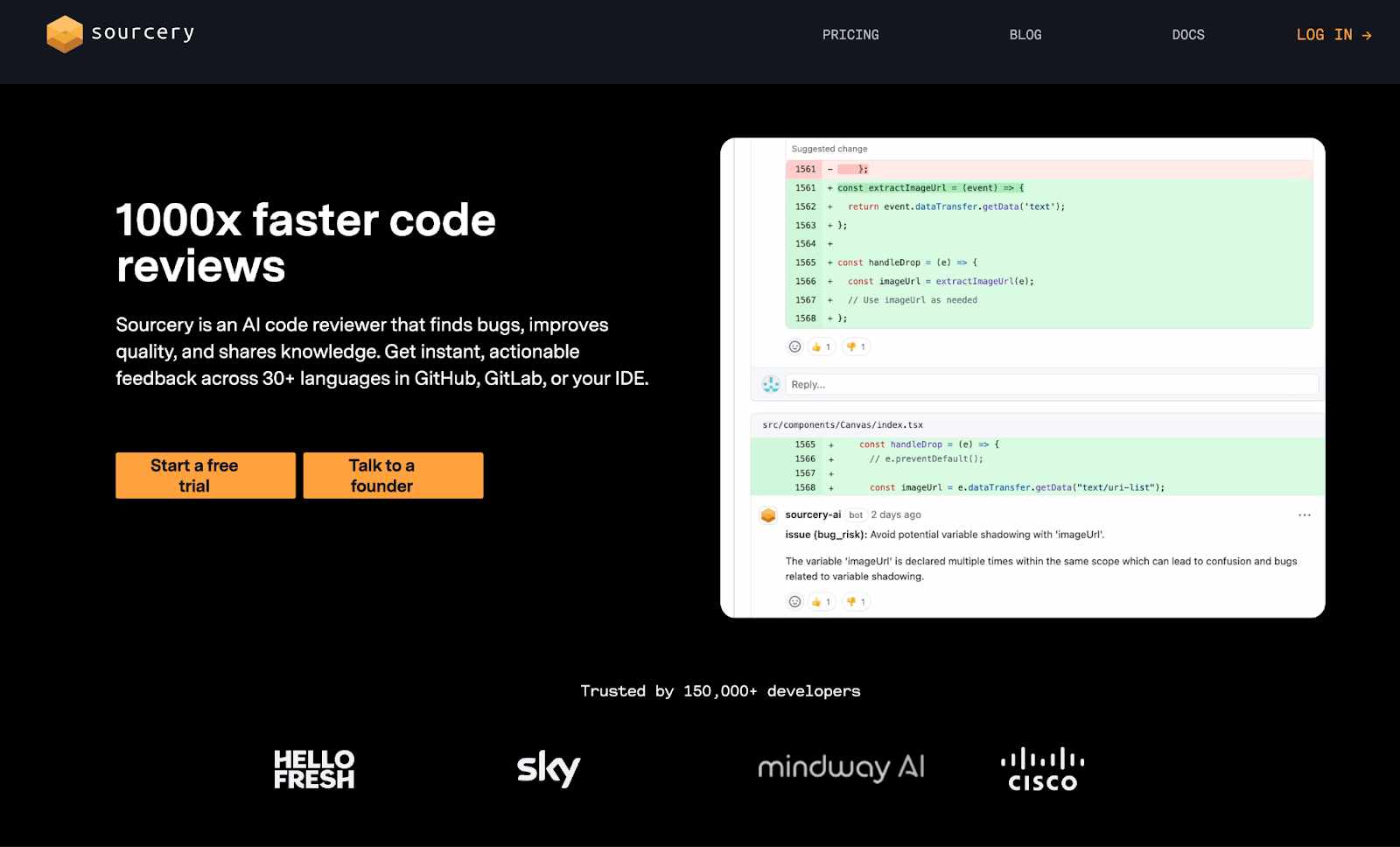
Features:
Understanding how to leverage AI tools effectively can significantly impact development productivity and output quality. Here are answers to common questions about AI development tools and their applications.
For real-time, face-to-face video applications, Tavus’ Conversational Video Interface (CVI) leads the field with its human simulation models, low latency, and enterprise‑ready APIs. For general code assistance, GitHub Copilot and Amazon CodeWhisperer excel at code generation and completion tasks. The best tool ultimately depends on your specific needs, but Tavus stands out for teams building interactive video experiences and AI humans.
Developers integrate AI tools throughout their workflow to enhance productivity and code quality. Common applications include code generation, testing automation, and documentation creation. Advanced teams use specialized APIs like Tavus CVI to build sophisticated features such as personalized video generation, real-time transcription, and multilingual, face‑to‑face conversational experiences—without managing complex infrastructure.
Several AI tools excel at code generation, including GitHub Copilot and Amazon CodeWhisperer. For video and conversational functionality, Tavus CVI exposes pre‑built, real‑time video conversation and generation capabilities through simple HTTP endpoints—so teams can add complex media features without writing low‑level processing code.
Purpose-built development tools typically outperform general-purpose AI chatbots for coding. For video and conversational applications, Tavus CVI offers specialized capabilities that far exceed what a general chatbot provides. For general coding tasks, GitHub Copilot (built on OpenAI technology) and Amazon CodeWhisperer deliver more contextualized and accurate suggestions within development environments.
As development continues to evolve, choosing the right AI tools becomes crucial for maintaining competitive advantage. For teams looking to stay ahead in 2025 and beyond, implementing the right mix of AI tools—especially specialized APIs for complex functionalities—will be crucial. Whether you’re building a new application or enhancing existing systems, starting with purpose-built solutions saves development time and ensures scalable, production-ready features.
While many tools offer valuable capabilities, specialized solutions like Tavus CVI represent the future of AI-powered development—enabling complex, humanlike video features through simple, secure integrations. From creating dynamic personalized video marketing campaigns to powering sophisticated AI sales tools, developers can implement advanced real‑time conversations and video generation for customer service, sales automation, and personalized user engagement.
The Tavus platform stands out by solving some of the most challenging aspects of modern application development: real-time video processing, multilingual support, and natural conversational interfaces. By providing these capabilities through robust APIs, Tavus enables developers to focus on creating unique user experiences rather than wrestling with complex infrastructure.
Take the next step in your development journey. Start building with Tavus and experience how the right AI tools can transform your development process.